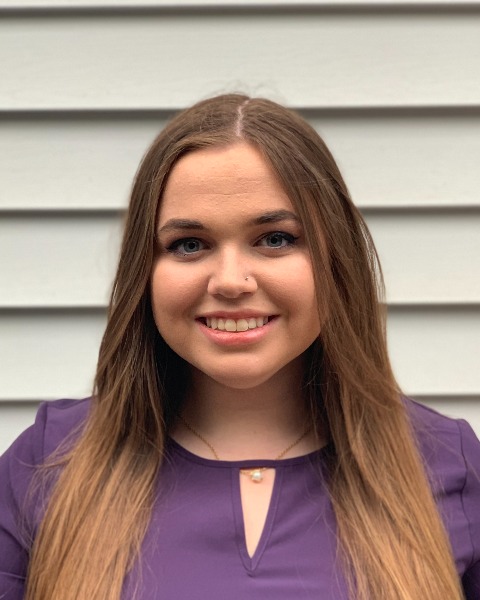Other
Gender Diversity and Academic Productivity of the Academic Neurosurgical Spine Workforce
Friday, February 21, 2025
7:00 AM - 2:00 AM EST

Brooke Honzel, BS
Medical Student
University of Massachusetts Chan Medical School
Worcester, MA, US
Presenting Author(s)
Disclosure(s):
Brooke Honzel, BS: No financial relationships to disclose
Introduction: Women have increasingly entered neurosurgery training since 2000; however, gender diversity within neurosurgical spine surgery has not been well characterized. This study aims to characterize the neurosurgical spine workforce at academic centers, focusing on academic productivity along gender lines.
Methods: A demographic analysis was conducted to evaluate spine neurosurgeons on faculty at ACGME-accredited residency programs. Data were collected in June 2024 from publicly available sources, including departmental websites and national databases. Scopus h-Indices were gathered, and programs were contacted for verification. Variables were analyzed using descriptive statistics and comparisons were performed using student’s t-test (p < 0.05).
Results: 524 neurosurgical spine surgeons affiliated with 117 programs were identified, of whom 33 (6.3%) were female. Training dates were publicly available for 80% of identified surgeons; their average length of practice was 16.7 years. Male neurosurgical spine surgeons’ average practice duration is significantly longer (p= < 0.0001) at 15.3 years, while female neurosurgical spine surgeons have practiced for an average of 10.2 years. Among all neurosurgical spine surgeons, the average h-Index was 18.2±16.0. There was a statistically significant difference (p=0.0003) in academic productivity between male and female surgeons, with h-indices of 18.6±16.4 and 12.5±8.0, respectively. This difference in academic productivity remained when adjusting for time in practice (p=0.003), with adjusted h-indices of 2.3±3.0 for male surgeons and 1.6±1.1 for female surgeons.
Conclusion : The neurosurgical spine surgery workforce is male-dominated and academically productive, with male surgeons exhibiting significantly higher h-indices than female surgeons. This difference in academic productivity between sexes remains after adjusting for time in practice. Further research is required to investigate factors that impact gender disparities in academic productivity in academic neurological spine surgery.

.jpg)